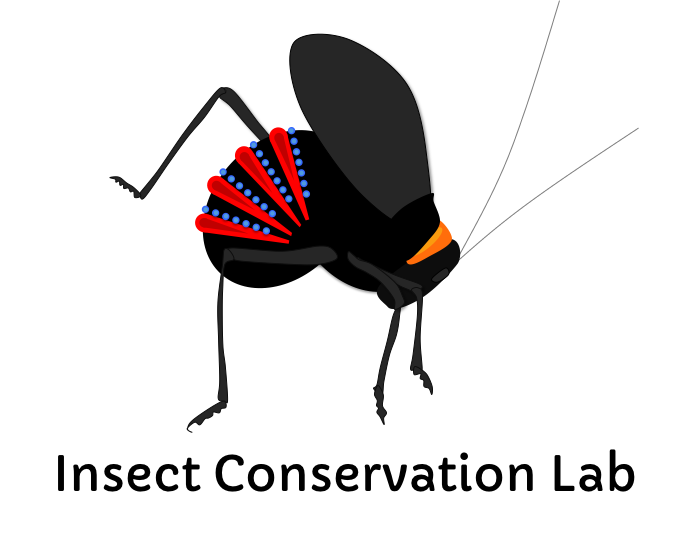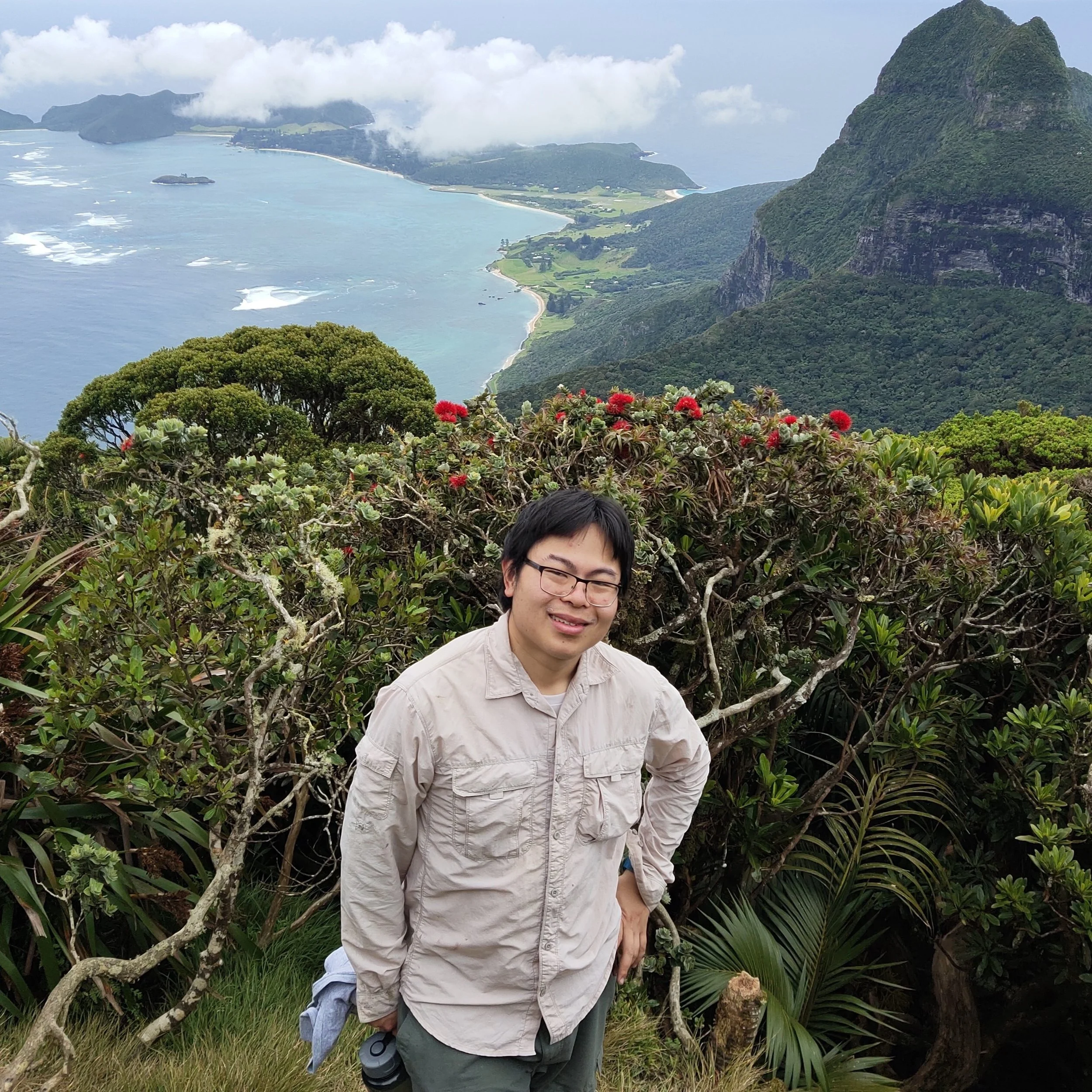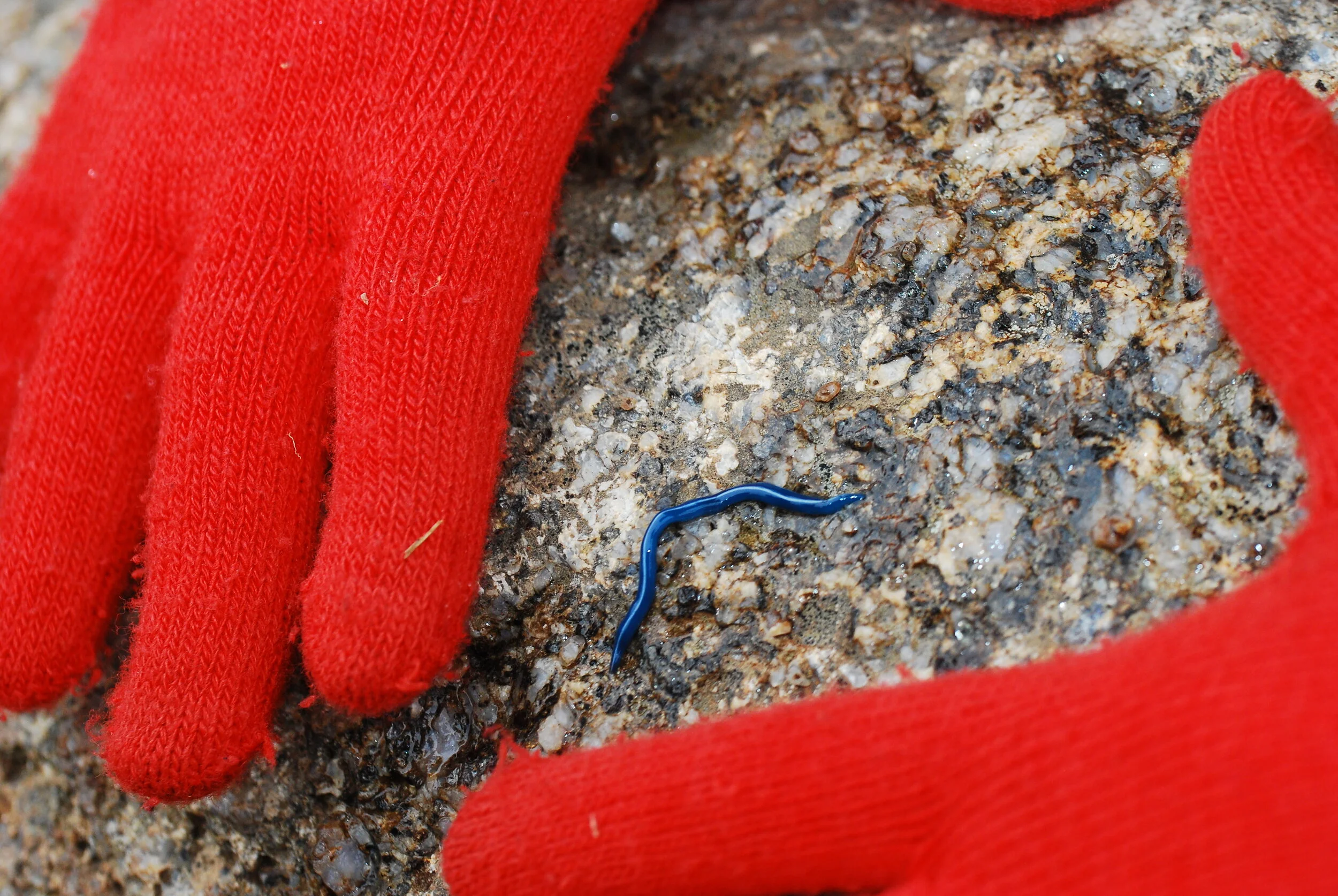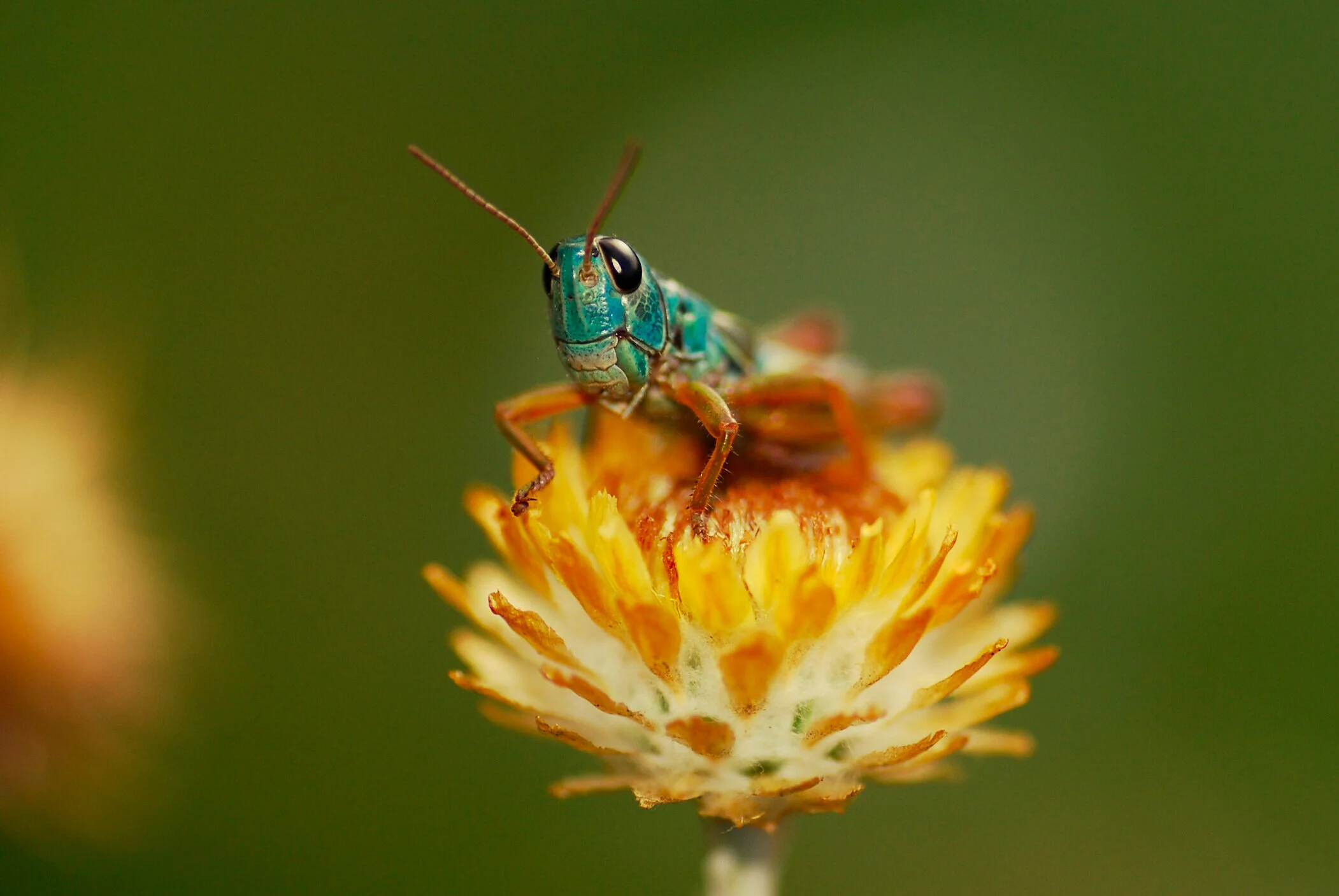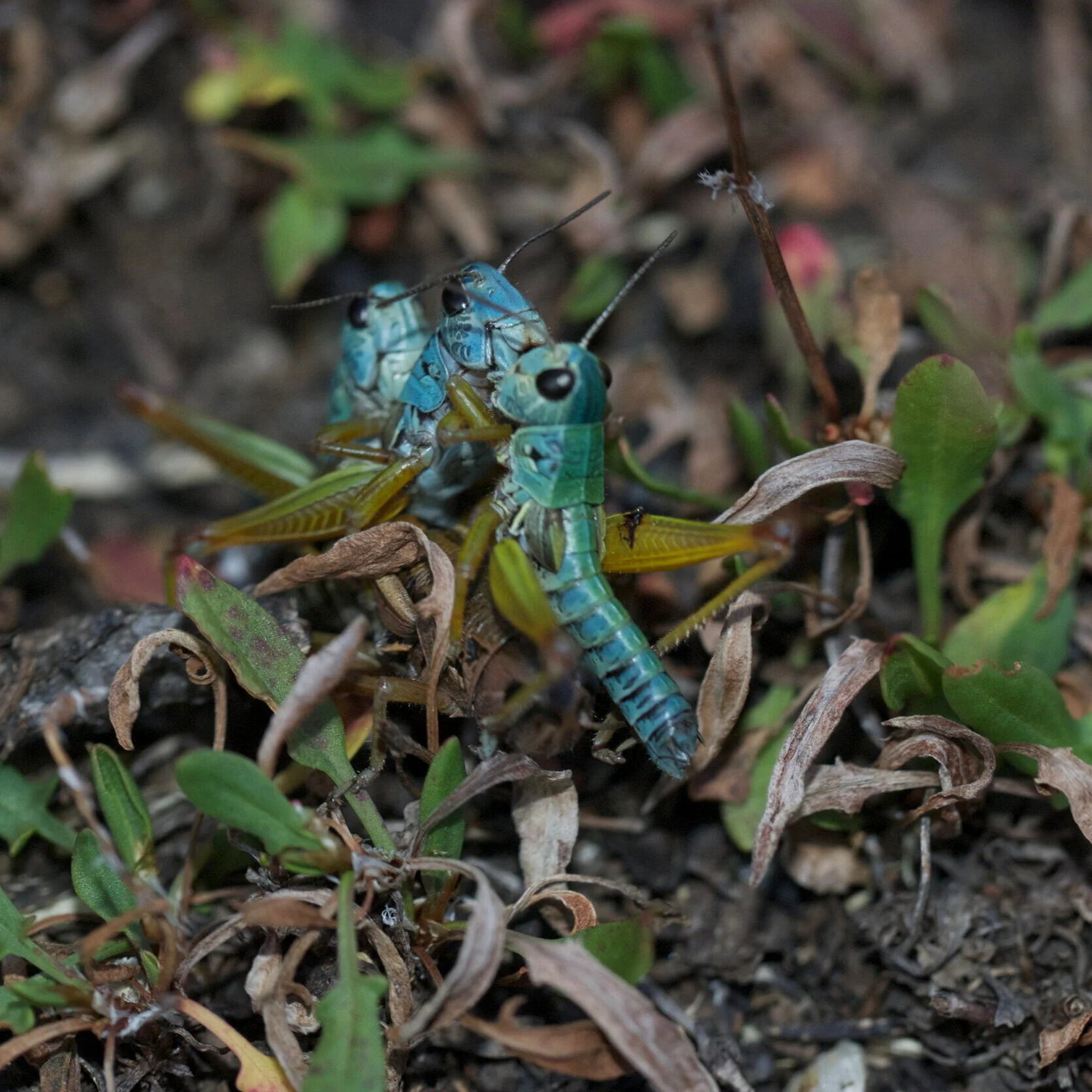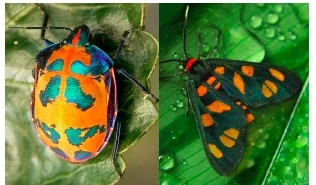Promoting invertebrates and their conservation in Australia

Kate at rainbow lake… in black and white.
We contribute to conservation science in Australia and overseas. We study threatened species and ecosystems, and communicate their exciting natural history stories to the wider community. We mostly focus on insects and other invertebrates because there’s so much left to discover about them, because they are critical to the proper functioning of all ecosystems, because they are generally undervalued and need champions, and - especially in Australia - we have no idea how they’re doing out there!
We are based in Australia on Darug and Darkinjung land at Western Sydney University, Hawkesbury campus, on the edge of Blue Mountains World Heritage Area which is the land of the Dharug, Gundungurra, Wanaruah, Wiradjuri, Darkinjung and Tharawal Peoples. We have extensive grounds and facilities including a patch of endangered Cumberland Plain Woodland (also Darug land), modern research labs, glasshouses, apiaries, orchards, and outdoor animal research facilities. We conduct field work across Australia and beyond and we collaborate with researchers at universities in Australia, Aotearoa / New Zealand, Finland, Germany, UK, USA, Holland, and more.
For more information on how we function - see our Insect Conservation Lab Handbook.
Acknowledgement of Country
We acknowledge that First Nations Australians never ceded their sovereignty over Australia’s lands and waters. We pay our respects to Elders past and present.
Lab News

"The truth is that we need invertebrates but they don't need us.
If human beings were to disappear tomorrow, the world would go on with little change. [...]. But if invertebrates were to disappear, I doubt that the human species could last more than a few months. Most of the fishes, amphibians, birds, and mammals would crash to extinction about the same time. Next would go the bulk of the flowering plants and with them the physical structure of the majority of the forests and other terrestrial habitats of the world. The earth would rot. As dead vegetation piled up and dried out, narrowing and closing the channels of the nutrient cycles, other complex forms of vegetation would die off, and with them the last remnants of the vertebrates. The remaining fungi, after enjoying a population explosion of stupendous proportions, would also perish. Within a few decades the world would return to the state of a billion years ago, composed primarily of bacteria, algae, and a few other very simple multicellular plants."
Edward O. Wilson, 1987
The Little Things That Run the World (The Importance and Conservation of Invertebrates). Conservation Biology 1(4)344-346.
